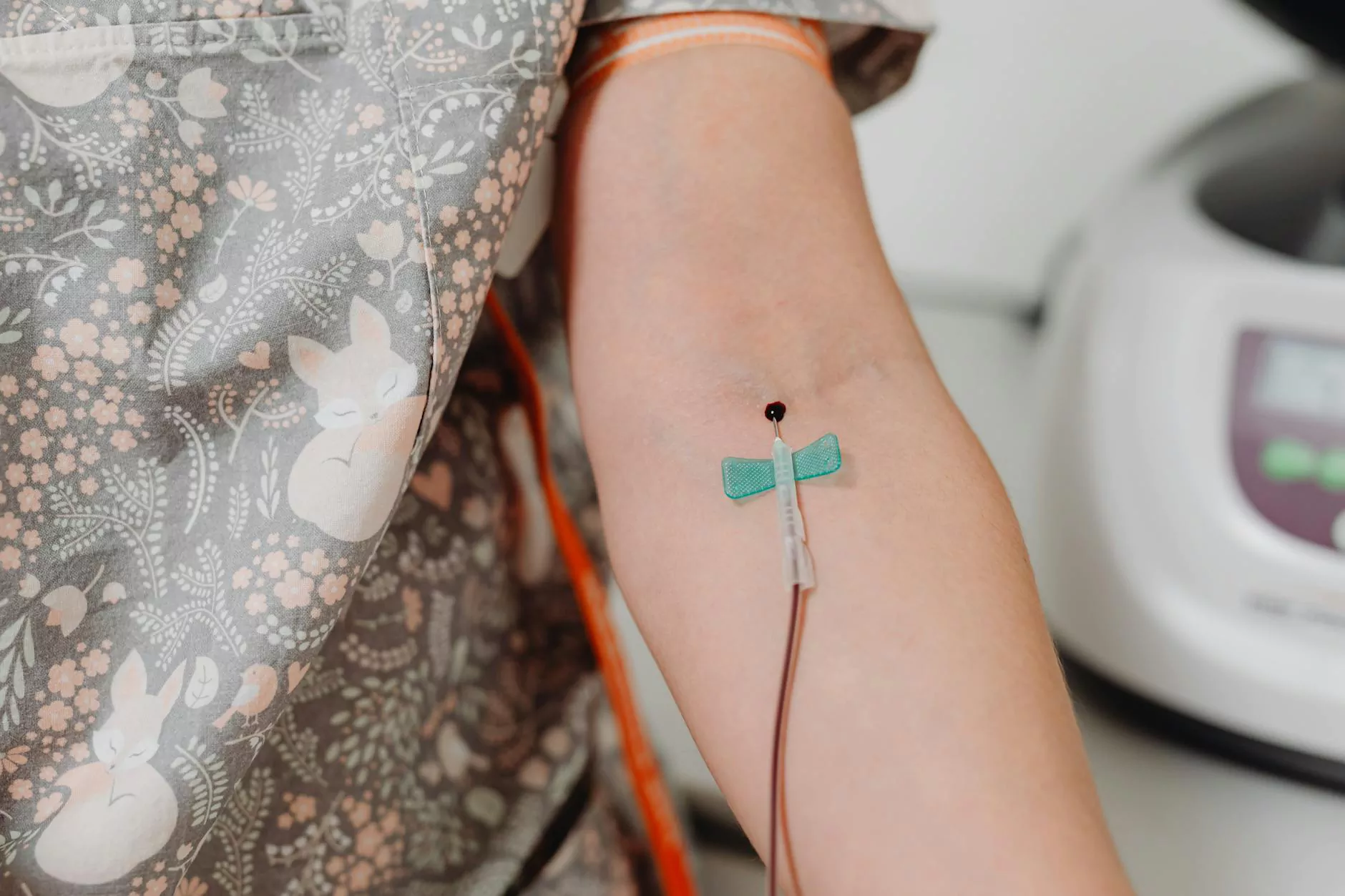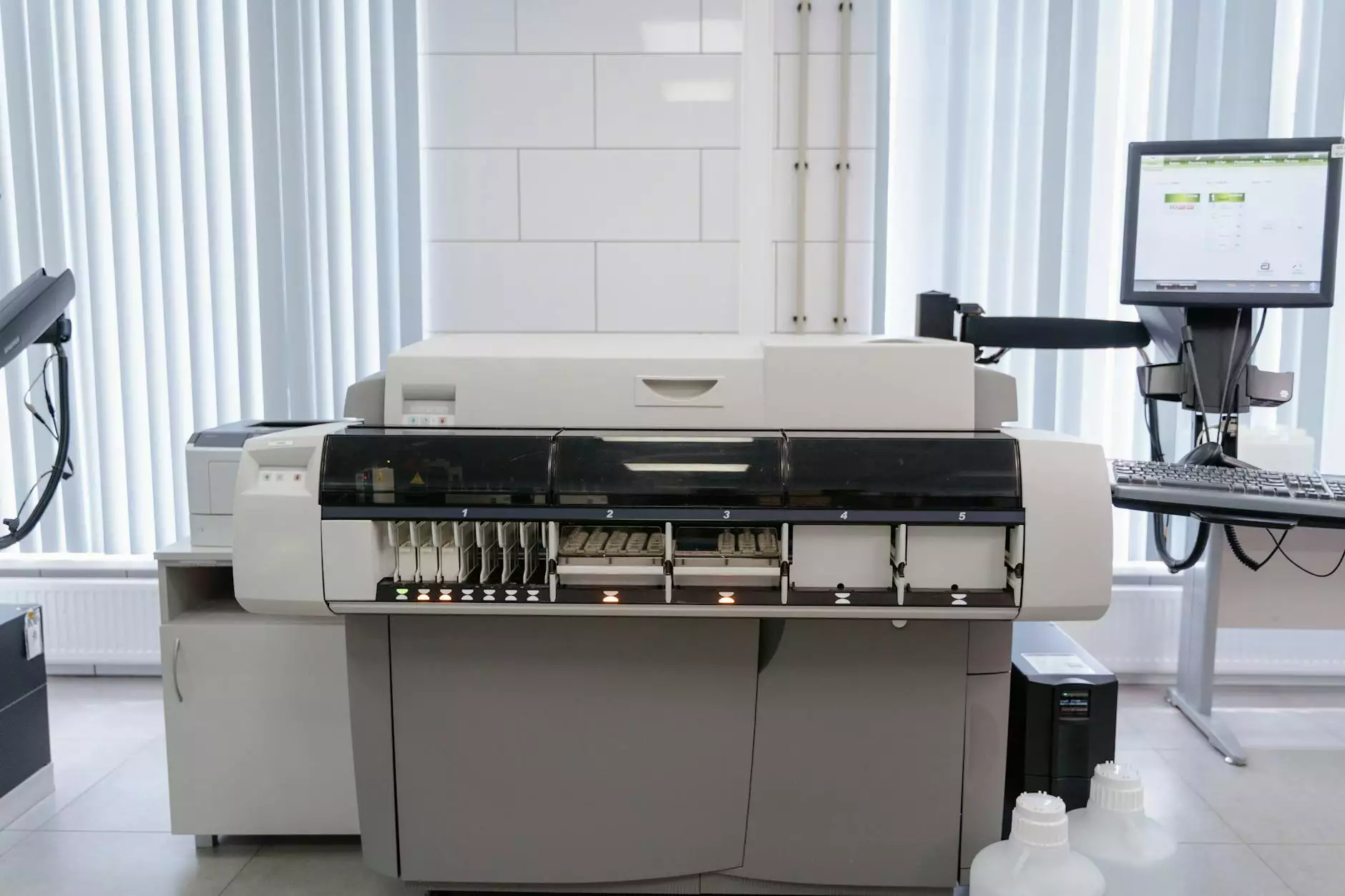Understanding and Treating Venous Discoloration

Venous discoloration is a common condition that affects many individuals, particularly those with vascular issues. This phenomenon can lead to noticeable changes in skin color, often presenting as darkening or bluish tones, particularly in the lower extremities. Understanding the underlying causes, symptoms, and treatment options available is essential for anyone experiencing these changes. In this article, we will delve deep into the world of venous discoloration, exploring its implications and how it can be effectively managed or treated.
What is Venous Discoloration?
Venous discoloration refers to the changes in skin color resulting from venous insufficiency or other vascular disorders. This condition occurs when veins struggle to return blood to the heart, leading to a buildup of blood in the veins. This stagnant blood can cause pigmentation changes in the skin, often resulting in dark patches, especially around the ankles and calves.
Causes of Venous Discoloration
Several factors contribute to venous discoloration, including:
- Chronic Venous Insufficiency (CVI): A condition where the veins cannot pump enough blood back to the heart, causing blood to pool in the legs.
- Varicose Veins: Enlarged veins that are visible under the skin and often lead to discomfort and discoloration.
- Deep Vein Thrombosis (DVT): The formation of blood clots in deep veins can cause swelling and discoloration in the affected limb.
- Venous Stasis Ulcers: Wounds that can develop due to poor circulation, leading to skin discoloration.
- Genetic Factors: Family history and genetic predisposition may increase the risk of venous disorders and resultant discoloration.
Identifying the Symptoms
The symptoms of venous discoloration can vary based on the severity of the condition. Common signs include:
- Darkened skin: This discoloration often appears as brown or blue patches, commonly around the ankles.
- Swelling: Affected areas may swell, particularly after prolonged periods of standing or sitting.
- Itching or irritation: Skin in the affected areas may become itchy or irritated.
- Pain or heaviness: Many patients report a sense of heaviness or aching in their legs.
- Sores or ulcers: In advanced cases, sores may develop, requiring medical attention.
The Diagnosis Process
If you suspect that you are suffering from venous discoloration, it is vital to seek medical advice. A healthcare professional will typically conduct several tests, including:
- Physical Examination: A thorough assessment of the affected areas and evaluation of symptoms.
- Duplex Ultrasound: This non-invasive test uses sound waves to visualize blood flow and identify any obstructions.
- Venography: An imaging test that involves injecting a contrast dye into the veins to provide detailed images.
- Laboratory Tests: Blood tests may be conducted to rule out clotting disorders or other underlying health issues.
Treatment Options for Venous Discoloration
Once diagnosed, several treatment options exist for managing and alleviating venous discoloration. These may include:
1. Lifestyle Modifications
Making changes to your lifestyle can significantly impact the management of venous discoloration. Consider incorporating:
- Regular Exercise: Engaging in physical activity helps improve circulation.
- Weight Management: Maintaining a healthy weight can reduce pressure on the veins.
- Elevating the Legs: Keeping legs elevated can help reduce swelling and discoloration.
- Compression Therapy: Wearing compression stockings can improve blood flow and alleviate symptoms.
2. Medical Interventions
In more severe cases, medical treatments may be required. Options include:
- Sclerotherapy: A minimally invasive procedure where a solution is injected to close off and diminish varicose veins.
- Endovenous Laser Therapy (EVLT): This technique uses laser energy to seal off affected veins, redirecting blood flow to healthier vessels.
- Vein Stripping: A surgical procedure to remove varicose veins completely when necessary.
- Medication: Anticoagulants or other medications might be prescribed to manage blood flow and prevent clots.
Preventing Venous Discoloration
Preventive measures can often stop venous discoloration from developing or worsening. Here are some effective strategies:
- Stay Active: Regular movement promotes healthy blood circulation. Activities such as walking, swimming, and cycling are highly beneficial.
- Avoid Prolonged Sitting or Standing: Take breaks to move around if your job requires you to be sedentary for long periods.
- Drink Plenty of Water: Staying hydrated helps maintain healthy blood circulation.
- Wear Loose Clothing: Tight clothing can impede circulation; opting for looser attire is advisable.
- Consider Compression Gear: Wearing compression stockings regularly can support vein health.
When to Seek Medical Help
It is crucial to consult a healthcare provider if you notice any of the following:
- Severe Discoloration: Sudden changes or severe discoloration should be evaluated.
- Pain or Swelling: Unexplained pain or swelling in the legs or ankles may indicate a serious issue.
- Ulcers or Open Sores: If you develop sores that do not improve, it is essential to seek care.
Conclusion
In conclusion, venous discoloration can substantially impact your quality of life, but understanding this condition empowers you to seek appropriate care and make informed decisions. With various treatment options available, ranging from lifestyle modifications to advanced medical procedures, you can effectively manage and even reverse symptoms of this condition. If you or someone you know is experiencing signs of venous discoloration, don't hesitate to contact the experts at Truffles Vein Specialists. Early intervention is often the key to successful treatment.









